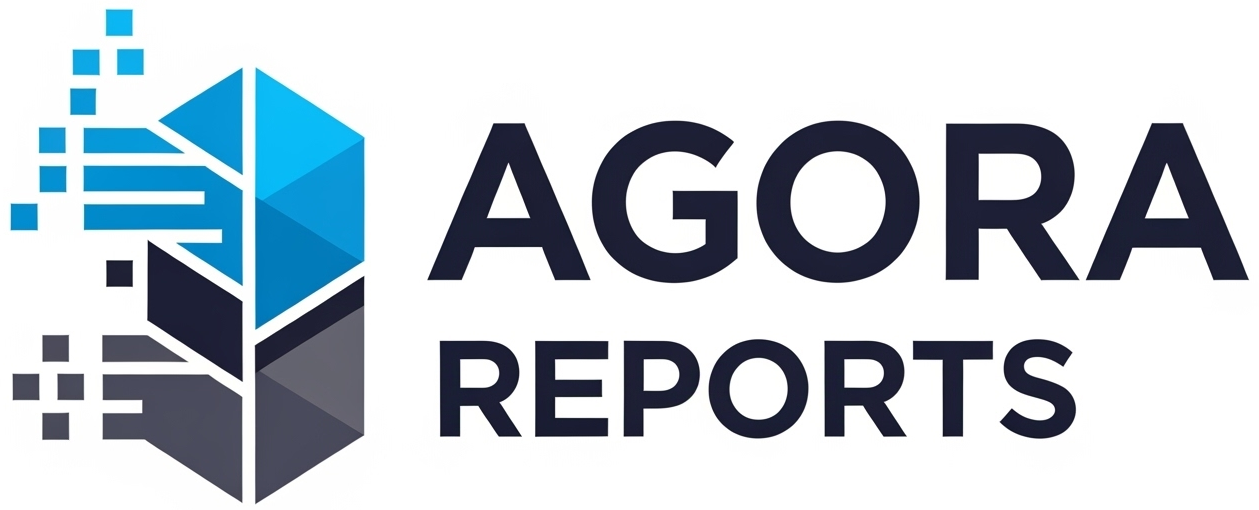Project-Based Learning in 2026: Preparing Students for Real-World Challenges
Picture a traditional classroom: students sitting in silent rows, listening to a lecture, memorizing facts for an upcoming test. This model has been the standard for over a century. But as we look toward 2026 and the decade beyond, we must ask a critical question: is this system truly preparing our children for the modern world?
The future of work isn’t about sitting quietly and regurgitating information. It’s about collaboration, creative problem-solving, and adapting to new challenges. The world needs innovators, not just human encyclopedias.
This is where Project-Based Learning (PBL) comes in. It’s more than just a teaching method; it’s a fundamental shift in educational philosophy. It’s a dynamic approach designed to equip students with the real-world skills they need to thrive in a complex and ever-changing landscape.
What Exactly Is Project-Based Learning?
It’s important to understand that PBL is not just “doing a fun project” at the end of a unit. That’s the dessert. In Project-Based Learning, the project is the main course.
PBL is a teaching method where students learn by actively engaging in a long-term, real-world, and personally meaningful project. It starts with a complex question or problem and drives students to seek out the knowledge they need to solve it.
- Traditional Project: The teacher delivers information, and then students create a poster to show what they learned.
- Project-Based Learning: The teacher presents a challenge (e.g., “Design a sustainable garden for our community”), and students must learn about biology, math, and economics in order to create a successful plan.
Why PBL is Essential for the Future of Work in 2026
As automation and AI handle more routine tasks, the skills that make us uniquely human become more valuable than ever. PBL is specifically designed to cultivate these future-proof abilities.
Develops Critical Thinking & Problem-Solving
A PBL unit begins with an open-ended, driving question like, “How can we, as city planners, reduce traffic congestion in our neighborhood?” There is no simple answer in a textbook. Students must research, analyze data, brainstorm ideas, and weigh trade-offs, mirroring the exact process of real-world problem-solving.
Fosters True Collaboration and Communication
The lone genius is a myth. Meaningful work today is done in teams. PBL is inherently collaborative. Students must learn to work together, delegate tasks, resolve conflicts, and present their ideas clearly to an audience. They are not just learning about history; they are learning how to function as a high-performing team. These are the soft skills that employers consistently say are most in demand.
Builds Real-World Relevance
Every teacher has heard the question, “When will I ever use this?” PBL provides a constant, compelling answer. Students aren’t just learning abstract geometric formulas; they are using them to design a physical structure. They aren’t just reading about civic engagement; they are creating a campaign to address a local issue. This authenticity makes learning stick.
A Glimpse Inside a PBL Classroom
Step into a PBL classroom and you won’t see silent rows. You’ll see a buzzing workshop or a mission control center. Students are huddled around whiteboards, engaged in debate. Others are at computers researching, while another group might be building a prototype.
The teacher’s role has transformed completely. They are no longer the “sage on the stage” who delivers all knowledge. Instead, they are the “guide on the side”—a facilitator, a project manager, and a mentor. They ask probing questions, provide resources, and manage the learning process, but they empower students to find the answers themselves.
The Gold Standard: Key Elements of a High-Quality Project
Not all projects are created equal. According to experts at PBLWorks, the most effective projects share these key elements:
- A Challenging Problem or Question: The project is built around a meaningful, open-ended issue that feels important to students.
- Sustained Inquiry: It’s not a one-day activity. Students engage in a rigorous process of asking questions, finding resources, and applying information over weeks.
- Authenticity: The project has a real-world context. It might involve experts from the community or address a problem the students genuinely care about.
- Student Voice and Choice: Students have a say in the project, from the questions they ask to the products they create. This builds ownership and intrinsic motivation.
- Critique and Revision: Students are taught how to give and receive constructive feedback, allowing them to improve their work through multiple drafts.
- A Public Product: The project culminates in students sharing their work with an audience beyond the classroom. This could be presenting to a panel of community leaders, publishing a website, or hosting an exhibition.
Conclusion: Preparing Students for Their Future, Not Our Past
The world of 2026 will not reward those who can only follow instructions and memorize facts. It will reward those who can think critically, collaborate effectively, and creatively solve complex problems.
Project-Based Learning is not just another educational fad. It is a proven, powerful framework for building the competencies our students desperately need. By moving beyond simple memorization and toward meaningful work, we can ensure we are preparing our students not just to pass a test, but to succeed in life.
